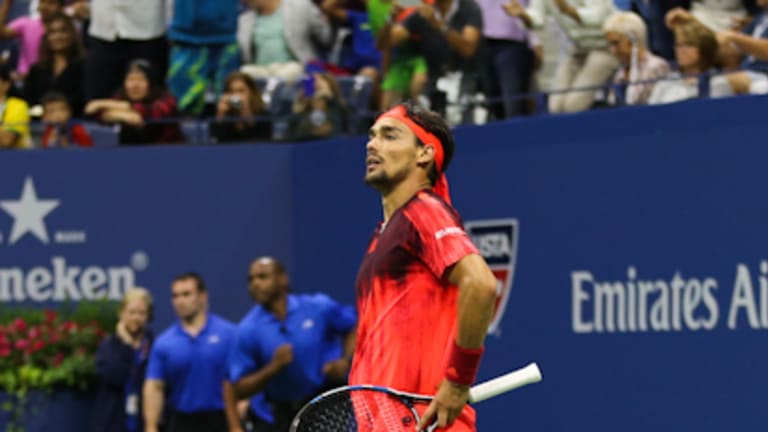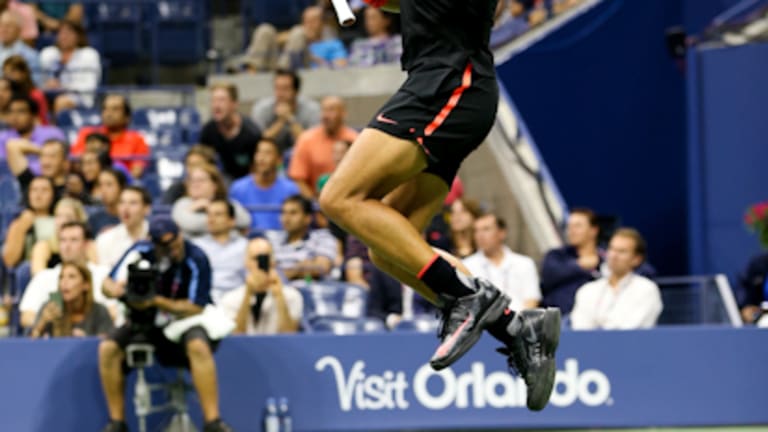NEW YORK—When you woke up on Saturday morning you may have asked yourself, as you scrolled through the tweets on your phone and shook your head in growing disbelief: How in the world did Fabio Fognini, of all people, come back to beat Rafael Nadal, of all people, from two sets and a break down at the U.S. Open? This was the same Nadal who had led by two sets at Grand Slams 151 times before and never lost. And this was the same Fognini, who...well, it was Fognini; that’s all you need to know.
I was there, and I still couldn’t quite believe it as I scrolled through my own tweets this morning. Thinking back on the Italian’s 3-6, 4-6, 6-4, 6-3, 6-4 win, it all seemed to happen with a flick of the wrist. From my perspective, along the baseline in a rollicking Ashe Stadium in the early hours of Friday morning, that’s what I saw over and over: Fognini sticking his right arm out, rolling his wrist over, and lasering the ball into a corner and past an incredulous Nadal.
That’s all it took. Seemingly with no preparation or effort or worry or even knee bend, standing straight up and down and keeping his body completely still, Fognini swung his racquet and the ball simply exploded. While his forehand was a flick, his backhand was like a compact left-handed baseball swing. His shots off that wing were frozen ropes.
The sound that came off Fognini’s strings was like a final, decisive, deadly thud that told you this ball wasn’t possibly coming back. If his groundstrokes were hard for Rafa to track down on the court, they were almost as hard to track with your eyes in the stands. The ball was on his strings one second, and against the wall on the other side of the court the next. You had to trust that during the blur in between, it had actually landed inside the lines.

